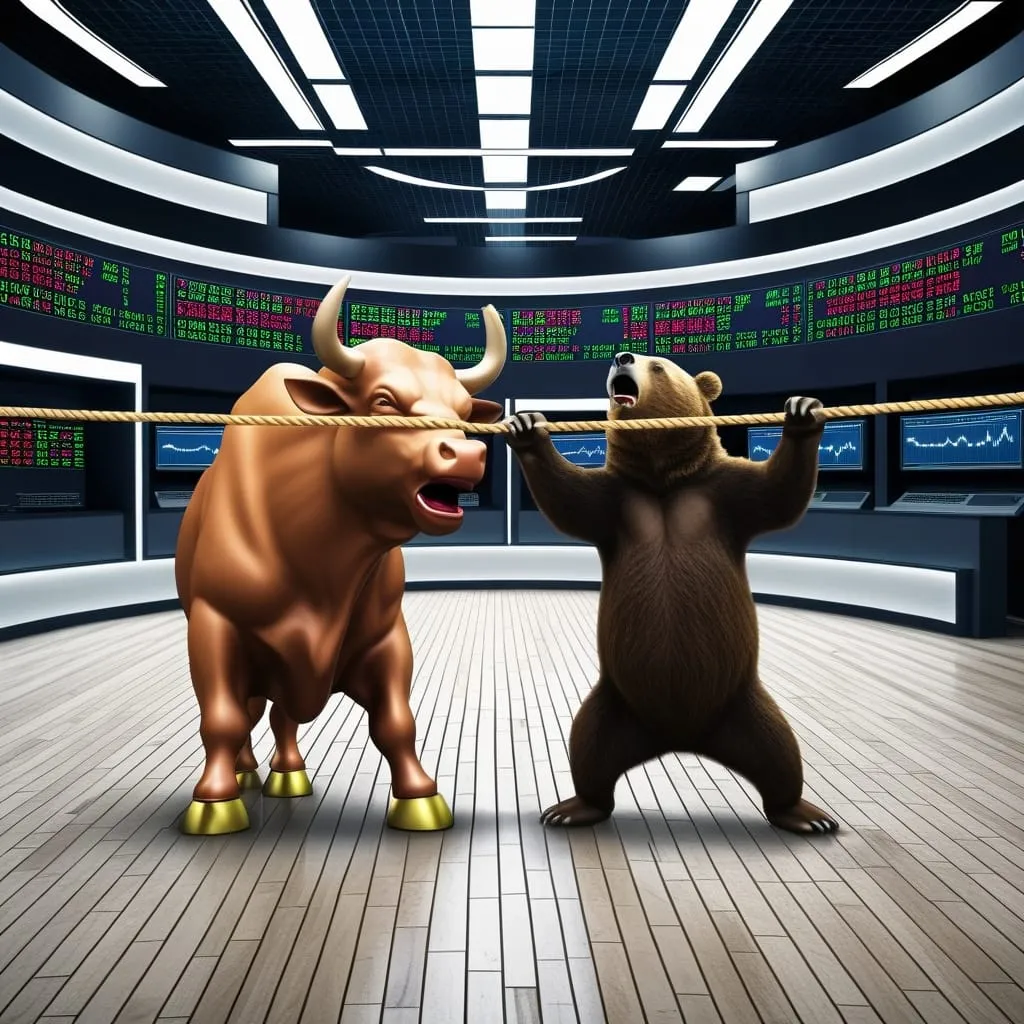As we step into 2024, the economic landscape is filled with uncertainties, from soaring inflation to fluctuating interest rates. While traditional economic indicators like GDP, CPI, and the S&P 500 provide valuable insights, there are lesser-known metrics that can offer a more nuanced view of the economy. Here, we delve into four unconventional economic indicators that have proven their worth in predicting economic trends and informing business strategies.
The Lipstick Index: A Barometer of Consumer Resilience
During economic downturns, consumers often find themselves with limited budgets, yet they still manage to indulge in small luxuries. This phenomenon is captured by the Lipstick Index, which suggests that even in hard times, people will spend money on items like premium lipstick or other beauty products. These small indulgences serve as a coping mechanism, allowing consumers to maintain a sense of normalcy and self-care despite financial constraints.
Historically, the Lipstick Index has shown remarkable resilience. In the early 2000s, for instance, lipstick sales surged during the recession, indicating that consumers were still willing to spend on non-essential items that provided a fleeting sense of luxury. This trend continues in 2024, where despite high interest rates and inflation, consumers are still purchasing health, wellness, and beauty products.
For businesses, the Lipstick Index offers a unique insight into consumer behavior. Companies in the luxury goods sector can leverage this indicator to understand that even in economic downturns, there is a market for small, affordable indulgences. This can guide their marketing strategies and product offerings, ensuring they remain relevant and profitable.
The Baltic Dry Index: A Reflection of Global Trade Health
The Baltic Dry Index (BDI) is a lesser-known but highly significant economic indicator that tracks the cost of transporting raw materials such as coal, iron ore, and steel across global shipping routes. This index is valuable because it reflects the health of global trade and supply chains.
The BDI is calculated based on the prices of shipping routes assessed by members of the Baltic Exchange. It provides a snapshot of global demand for raw materials, which are essential for manufacturing and construction. A high BDI indicates strong global demand and economic growth, while a low BDI suggests a slowdown.
In 2024, the BDI has been experiencing volatility due to various geopolitical and economic factors. However, it remains a crucial tool for understanding global supply and demand trends. For investors and businesses involved in international trade, the BDI offers timely insights into the state of global markets, helping them make informed decisions about production, inventory, and investment.
The Skyscraper Index: A Predictor of Economic Cycles
The Skyscraper Index, proposed by Andrew Lawrence in 1999, suggests a fascinating correlation between the construction of tall buildings and economic cycles. Historically, the tallest buildings in the world have been completed on the eve of economic downturns. This index posits that investment in skyscrapers peaks when cyclical growth is exhausted, signaling an impending recession.
Mark Thornton’s Skyscraper Index Model successfully predicted the Great Recession in 2007. The logic behind this indicator is that during periods of economic boom, there is a surge in investment in grand projects like skyscrapers. However, these projects often take years to complete, and by the time they are finished, the economic cycle may have already turned.
In 2024, several mega-skyscraper projects are underway around the world. While these projects are a testament to architectural innovation and economic ambition, they also serve as a cautionary signal. Businesses and investors should be aware of this historical correlation and consider it when making long-term investment decisions.
The Cardboard Box Index: A Measure of Manufacturing Activity
The Cardboard Box Index, though less discussed, is another valuable indicator that reflects manufacturing activity and consumer goods demand. The premise is simple: the demand for cardboard boxes is directly linked to the production and distribution of consumer goods. An increase in cardboard box sales indicates higher manufacturing activity and consumer spending.
This index is particularly useful for understanding the health of the retail sector. In times of economic growth, manufacturers produce more goods, which in turn increases the demand for packaging materials like cardboard boxes. Conversely, during economic downturns, the demand for these boxes decreases as production slows down.
In 2024, the Cardboard Box Index suggests a mixed picture. While some sectors are experiencing increased demand due to the rise in e-commerce, others are facing challenges due to supply chain disruptions and inflation. For businesses in the manufacturing and retail sectors, this indicator provides a real-time snapshot of consumer demand and production levels, helping them adjust their strategies accordingly.
Comparing Unconventional Indicators with Traditional Measures
Traditional economic indicators like GDP and CPI are essential for understanding the broad economic landscape. However, they often lack the nuance and specificity that unconventional indicators provide. The Lipstick Index, for example, offers insights into consumer behavior that GDP figures cannot capture. Similarly, the Baltic Dry Index provides a detailed view of global trade health that is not reflected in CPI data.
By combining these unconventional indicators with traditional measures, businesses and investors can gain a more comprehensive understanding of the economy. This holistic approach allows for more informed decision-making and strategic planning.
Practical Applications for Businesses and Investors
For businesses, these indicators can be invaluable in shaping marketing strategies, production plans, and investment decisions. For instance, a company in the beauty sector can use the Lipstick Index to anticipate consumer spending patterns during economic downturns. A shipping company can rely on the Baltic Dry Index to adjust its capacity and pricing strategies based on global demand.
Investors can also benefit from these indicators by gaining early warnings of economic shifts. The Skyscraper Index, for example, can signal an impending recession, allowing investors to adjust their portfolios accordingly. The Cardboard Box Index can provide insights into the health of specific sectors, helping investors make more targeted investment decisions.
Conclusion
In a world where economic trends are increasingly complex and interconnected, relying solely on traditional indicators can be limiting. The Lipstick Index, Baltic Dry Index, Skyscraper Index, and Cardboard Box Index offer unique perspectives that can enhance our understanding of the economy.
By incorporating these unconventional indicators into their analysis, businesses and investors can make more informed decisions, anticipate economic shifts, and navigate the complexities of the global economy with greater confidence. As we move through 2024, keeping an eye on these alternative metrics could prove to be a wise and forward-thinking approach.






